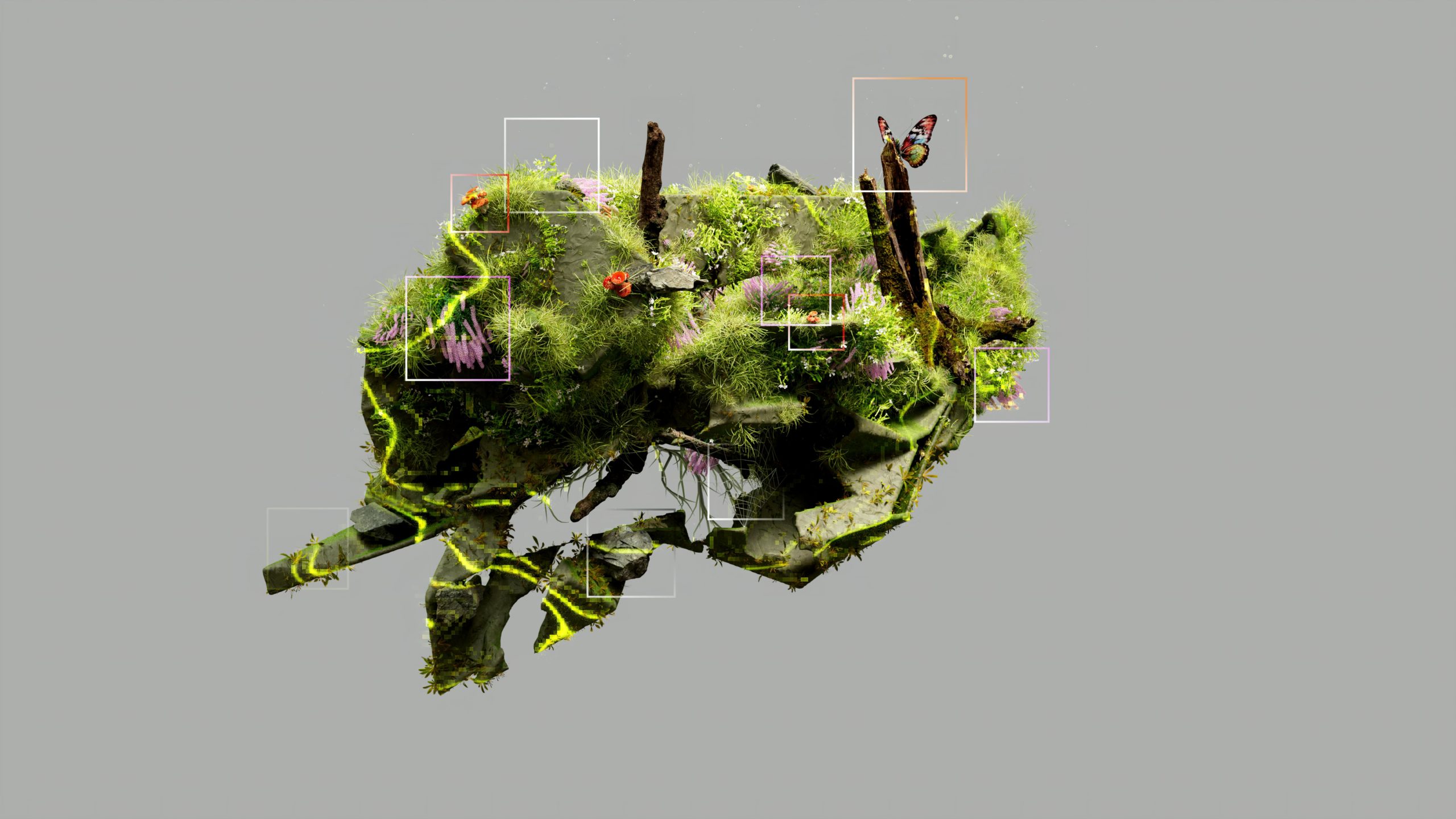While sectors like technology, healthcare, and fintech often dominate discussions about AI disruption in the MENA region, projected to hit $320 billion by 2030, one industry is frequently overlooked: communications.
Content consumption is one of the powerful forces shaping our world, influencing everything from news distribution to purchasing decisions. As AI technology advances, leading to what some call the Fourth Industrial Revolution, a period of rapid technological change that is disrupting various industries, it presents challenges and opportunities for those in the communications industry. Despite 56% of communication companies already adopting AI tools, concerns about job displacement persist among 48% of industry professionals.
So, could AI potentially replace copywriters, journalists, and editors, or do we still need communication specialists?
AI Challenges and Limitations
Artificial intelligence offers numerous opportunities for the content industry, including generating text, images, and videos, personalising content based on user behaviour, operational efficiency, and enhancing interactive and immersive experiences. These advancements increase productivity and allow industry players to focus on more strategic and creative aspects of their work.
However, despite the allure of AI-driven content generation, we should not forget one of the most pressing concerns in the AI era – content blindness or audience fatigue. This phenomenon occurs when content becomes similar, resulting in decreased audience engagement. As a communication specialist, I often see this in the repetitive use of the same sentence structures, buzzwords, and an overall robotic tone, which can erode a brand’s image.
The root of such “robotic” content is simple: AI lacks the unique human ability to generate novel and innovative ideas from scratch. This is where your value as a communication specialist shines. The practice shows that all great ideas come from human minds, not machines. Plus, generic content could lose value over time as it fails to appear “unique,” leading your audience to disengage. The creative spark remains inherently human – no AI tool can replicate the emotional intelligence and innovative thinking required for media strategies like newsjacking.
What about limitations? Recent studies show that AI, such as GPT-3, can negatively impact society through discrimination bias, misinformation amplification, fake news generation, plagiarism, and intellectual property issues. Thus, neglecting to proofread AI-generated content can lead to unintended consequences, potentially damaging a communication specialist’s brand image, reputation, and overall work performance.
The main question remains: Do we still need communication specialists?
As someone working in the communications industry, I have been thinking about this question since the introduction of AI tools like ChatGPT. To better understand the impact, I conducted research that revealed some interesting trends:
- 46.29% of writers utilise AI tools to analyse target audiences and content performance, enabling data-driven decision-making and content tailoring.
“From a business perspective, I do not mind what tools are used to create persuasive and targeted content that attracts increased attention and value,” highlighted one of the survey participants.
- 37.3% of copywriters leverage AI for strategic communication, using it as a research and brainstorming assistant to focus on creative aspects like clear messaging and emotional connection.
“I believe and experience that copywriters use AI as a search tool, just as a user would by inputting keywords into Google. Instead, using AI to help with analysis and audits is not as widely known and applied,” shared one of the respondents.
- 66.4% of those hiring copywriters still value the human element, viewing AI as a complement to existing skills rather than a replacement.
- 69.7% of clients appreciate copywriters proficient in AI tools, recognising their commitment to staying current with industry trends.
“Unless it affects the “originality” of an article, which editorials can sometimes measure, I have absolutely no problems with copywriters using AI for any copywriting subtasks,” concluded one of the participants of the study
These findings make one thing clear: Communication specialists are needed more than ever. Clients still crave emotional connections with their brands. While AI can assist with data-driven decision-making and content tailoring, it cannot replace the emotional intelligence and creativity that communication specialists bring to the table. This key aspect sets communication specialists apart from AI tools and underscores our continued relevance in the industry.
Case Study: AI in PR
As mentioned, AI often lacks the ability to read emotions and spark creative ideas. However, two ways exist to leverage this cutting-edge technology in communications.
Idea Generation. Sometimes, you feel stuck when developing one narrative for the brand to stand out in a journalistic pitch. One way to use AI is to enhance individuals’ creativity without the intention of replacing the visionary part of the communications teamwork. In particular, artificial intelligence allows authors and creators to refine, modify, and build upon the initial idea, leading to a symbiotic relationship between humans and machines. This potential for AI to enhance creativity is truly inspiring and opens up new possibilities for our work.
AI can suggest perspectives on an idea that you may not have considered. While these insights are often based on previous campaigns (that’s how AI “knows” everything), reviewing what others have done before can be a great practice to create a “wow” effect. In most cases, you can combine these ideas to create something genuinely unconventional that resonates with your audience. Just be creative about it!
Research. When pitching to the media, the golden rule is that your news should be relevant and interesting to a journalist. Another effective way to use AI is when conducting market research for your client. For instance, Microsoft’s Bing features GPT-4, a Copolit option that can assist with various tasks, including performing rapid and complex research.
This approach lets you quickly grasp relevant data, potentially sparking new ideas. However, ensure your AI tool has up-to-date information; you don’t want to base your strategies on outdated data. Additionally, AI cannot analyse current trends or execute newsjacking — crucial elements for maintaining a strong media presence — so this task is still left to human professionals.
The verdict is clear: strategic communication always stays behind the communication specialist. While AI is a powerful tool that has already changed our industry, our creativity, emotional intelligence, and deep understanding of the MENA region’s unique communication landscape will drive our industry forward.
The question isn’t whether AI will change our industry—it already has. The real challenge lies with you: How will you leverage AI to become a more effective communicator in the dynamic MENA market?




